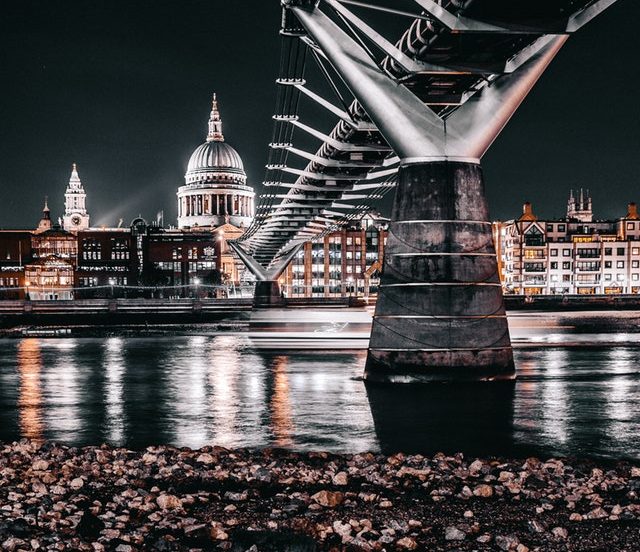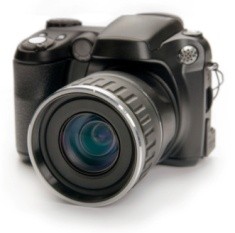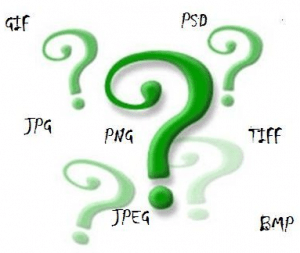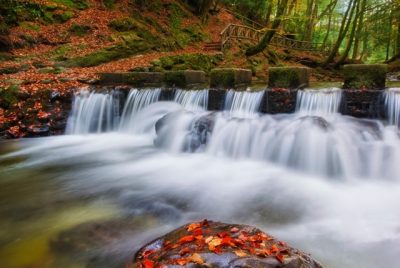Digital Photography For Beginners

You’ve purchased a digital camera but no matter how much you play with it you still feel like you need a digital photography for beginners guide. Learning digital photography isn’t hard, but figuring out all the features of your particular camera can seem overwhelming.
You may feel like you’re missing out on certain aspects of photography if you don’t know how to use every feature on your camera. However, there are professional photographers who rely on a handful of features and never even attempt to figure out how to utilise the other features offered. As long as you like the outcome of your pictures and understand a few photo taking techniques, you can take good photos anywhere.
Common Digital Camera Features
Looking at all of the buttons and feature selections on your digital camera can leave you feeling overwhelmed. You may feel that you’ll never understand it and start reading websites and books that claim to explain digital photography for beginners. Most digital cameras share common features. Once you learn the common features, you will feel comfortable with any digital camera.
 The amount of megapixels is an important feature of any digital camera. The higher the pixilation of a camera, the clearer your photo will appear on a computer screen or as a print.
The amount of megapixels is an important feature of any digital camera. The higher the pixilation of a camera, the clearer your photo will appear on a computer screen or as a print.
Digital zoom is similar to the optical zoom of a film camera. Some professional photographers ignore the specs of the digital zoom feature, since photo editing software allows you to crop and zoom in on a picture once it’s taken.
Two features of your camera that are important are shutter speed and white balance. If you need to take pictures rapidly, you’ll want a camera that offers high shutter speed.
If you will be taking photos using white backdrops, you’ll want a camera that allows you to balance the color using what is known as the white balance feature.
Most digital cameras also offer features for shooting at night, shooting moving subjects, time-delay pictures, and the ability to switch from color to sepia to black and white.
File Formats
One thing that throws off new photographers is the file format of digital pictures. Most cameras often save pictures in the JPEG format, which is the most accepted file format for uploading and printing pictures from a computer.
 Two other types of formats you may run across include TIFF and RAW formats. TIFF saves images in a larger format and provides more color contrast than JPEG.
Two other types of formats you may run across include TIFF and RAW formats. TIFF saves images in a larger format and provides more color contrast than JPEG.
The RAW format saves everything about the picture but needs special software to turn the digital information into a viewable picture. This is a very large file format, and it’s mostly used by photographers who want to use succinct editing methods.
Once you understand the basic features of digital cameras, you can work with almost any digital camera. While a digital photography for beginners course may be helpful, the best experience comes from practicing and experimenting with all of your camera’s settings.



